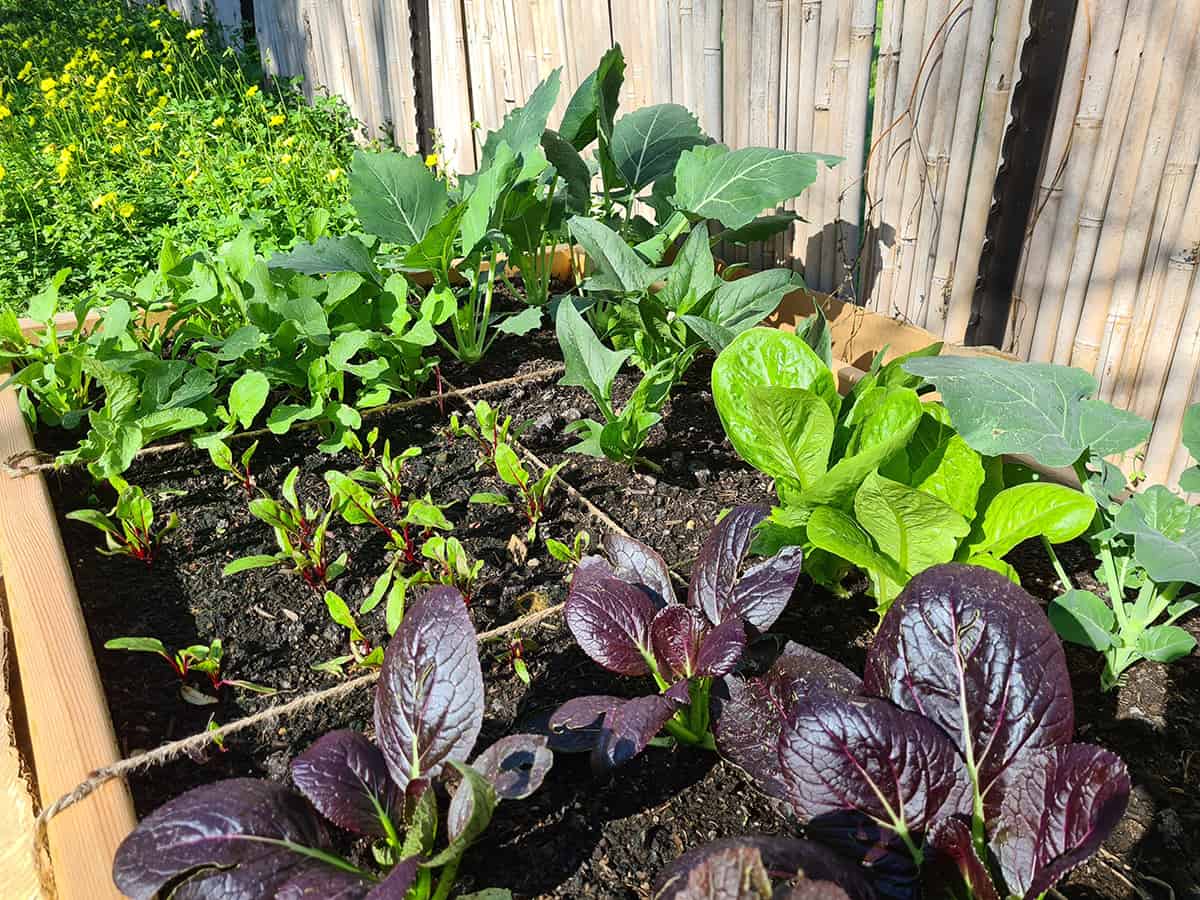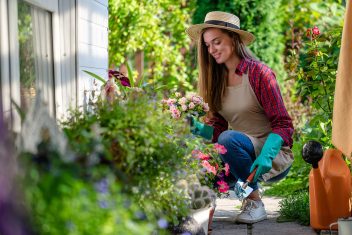Do you want to grow more vegetables in your garden this year but lack the space to expand? Try block planting as a way to increase your garden yield.
Instead of planting in rows, this gardening method follows the idea of mapping out blocks or grids in your garden and planting things closely together in that grid.
Believe it or not, this method is productive and proven to be an effective option for those who lack the space to grow more vegetables. Give it a try this year in your garden; here’s how.
What is Block Planting?
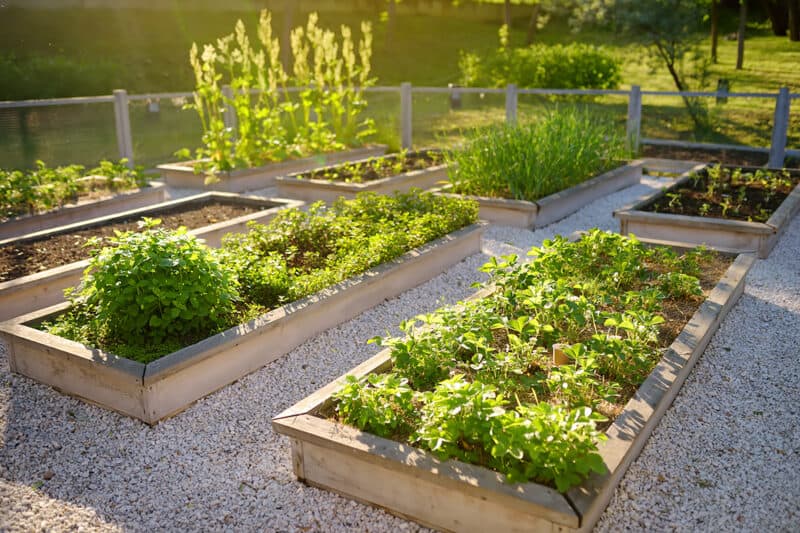
Block planting is a method of gardening that focuses on planting in tight areas. This method works best in raised garden beds where it’s easy to plant seeds in grid formations rather than rows.
Some refer to block planting as intensive gardening, but no matter what you call it, the goal is to maximize your vegetable yield. By focusing on a defined area, you’re able to grow more food than ever before.
The Benefits of Block Planting
Block planting has several advantages that make it a legitimate option for gardeners. Let’s take a look at a few of them.
1. Perfect for Small Gardens (Saves Space)
Block planting allows you to take advantage of the space in your garden that you might normally waste, such as the corners. It works well for small gardens, especially if you live in the city.
This method also works well when using concrete blocks, wood, or bricks to create the border.
2. Low Maintenance
If you don’t have a lot of time to spend in the garden, block planting is a low maintenance option. Planting veggies in blocks rather than rows makes them easier to maintain and reduces the number of weeds.
When maintenance is needed, block gardens are easy to reach from all four sides – unlike row configurations. Sometimes, when working with an in-ground garden in row configurations, accessing the other side is hard and risks hurting plants.
3. Produces High Yields
This method is one of the most productive methods. It allows you to grow the most amount of food in a small space.
4. It Looks Nice
When you work so hard at gardening, you want your garden beds to look nice. Using this method of gardening keeps your plants and garden beds tidy and organized.
It doesn’t matter if you have one plant in each grid or fifty; this method of gardening looks great.
How to Use Block Planting in Your Garden
This technique is most often used in raised beds because the bed acts as the block or defined area, but you can make more than one block in your raised bed.
Start by making your mounds or raised beds the size that you desire. Keep the beds no more than four feet wide because it allows you to reach the opposite side and the middle for weeding and harvesting.
The length of your bed is entirely up to you, but popular options are eight feet, six feet, ten feet, and 20 feet.
Once your bed is ready, here is what you need to do.
1. Make a Grid Pattern
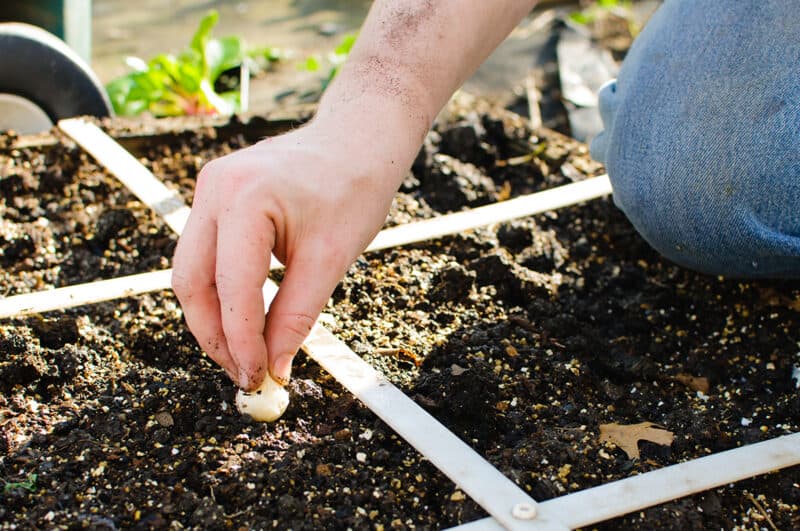
The first step is to make a grid formation with small strips of wood or even string. Your goal is to make equal-sized grids throughout your garden. The size of each grid is up to you.
With the similar method of square foot gardening, the grids are one-foot square, but don’t feel limited by this. Try two-foot squares or four-foot squares. It’s entirely up to you.
2. Plant The Seeds
Now, you plant as many seeds as possible in that grid, following the ideal distance from each other. It’s still important to follow the recommended spacing for each plant to avoid disease and maximize air circulation.
Planting everything in this pattern also maximizes the plant’s space and nutrient use while also crowding out weeds trying to take over your garden.
Depending on what you grow, you may only be able to plant one thing in each grid. That’s okay! It keeps the grid-like spacing and helps your garden look nice and tidy.
The Best Plants for Block Planting
Almost all vegetable plants work well with block planting; there is no limit to what you can grow using this method. That means the possibilities are endless.
Instead, look at how close you can place the vegetables together. With square foot gardening, you use one-foot square grids. Let’s use that to show you how many plants you can put in each grid.
One Plant Per Square
These plants are larger, so they need the entire one-foot square to themselves. When planting these, make a hole in the middle of the grid and plant.
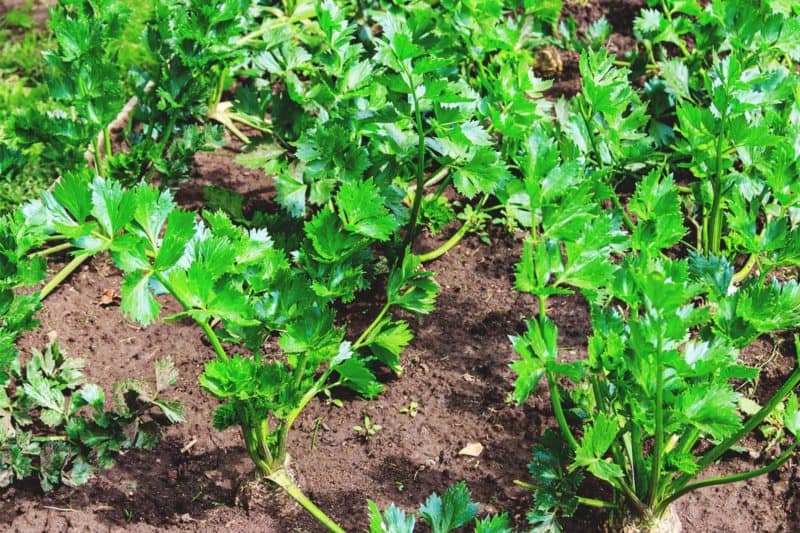
- Eggplant
- Kale
- Parsley
- Peppers
- Potatoes
- Rosemary
- Tomatoes
Two Plants Per Square
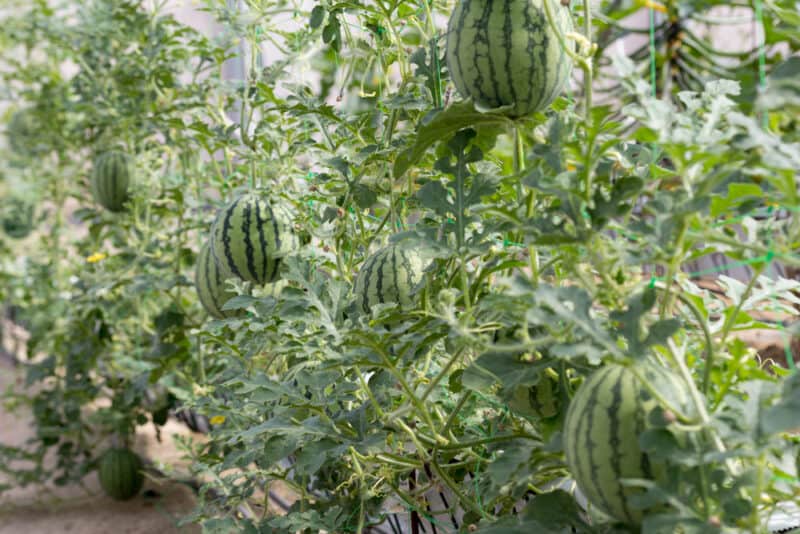
These plants need a bit of space, but they’ll be happy to share a bit more than the plants listed above (especially if you use trellises to support them).
- Cantaloupe
- Cucumbers
- Pumpkins
- Watermelons
- Winter Squash
Up to Four Plants Per Square
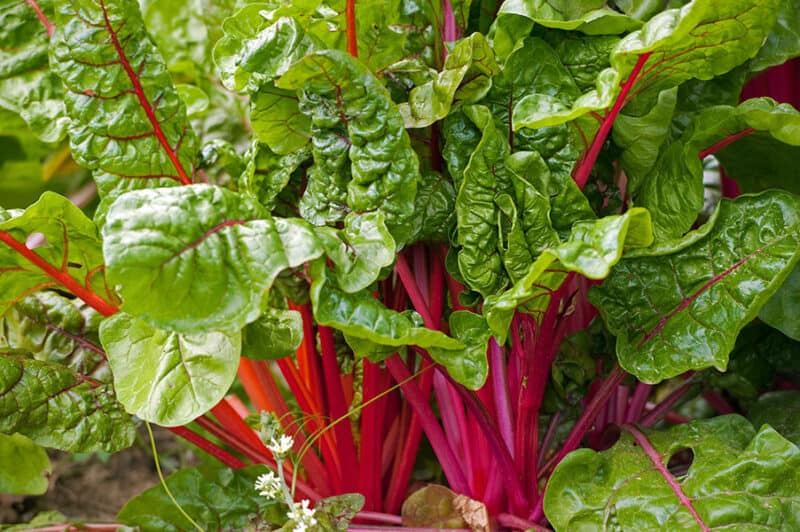
When planting these, put one near each corner of the square. The plants need to be equal distances apart.
- Basil
- Garlic
- Kohlrabi
- Lettuce
- Onions
- Summer Squash
- Swiss Chard
- Zucchini
- Celery
Up to 9 Plants Per Square
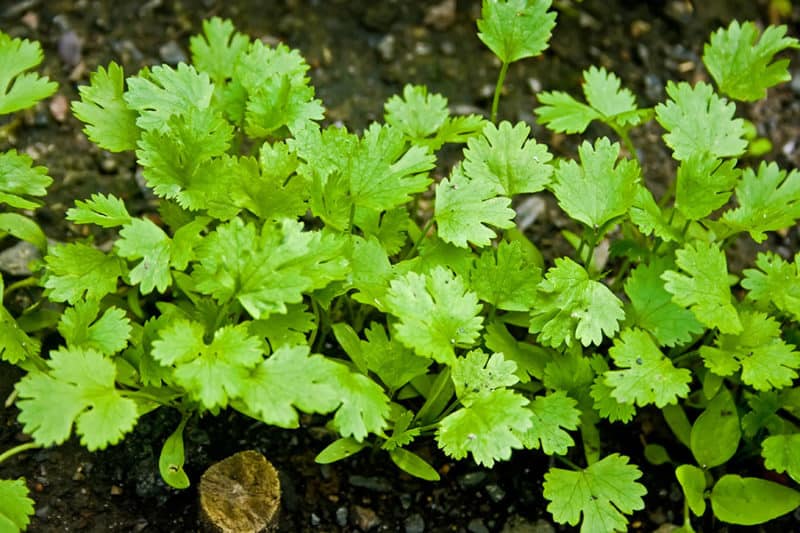
These plants don’t mind being squeezed together. The best method is to plant three rows inside of the grid with three plants in each row.
- Green Beans
- Beets
- Cilantro
- Garlic
- Onions
- Peas
- Spinach
- Turnips
Up to 16 Plants Per Square

Plant these in a square pattern with proper spacing. The best route is to make four rows with four plants in each row. Try to keep them properly spaced to avoid overcrowding.
- Carrots
- Parsnips
- Radishes
Plants That Need Two to Four Square Blocks
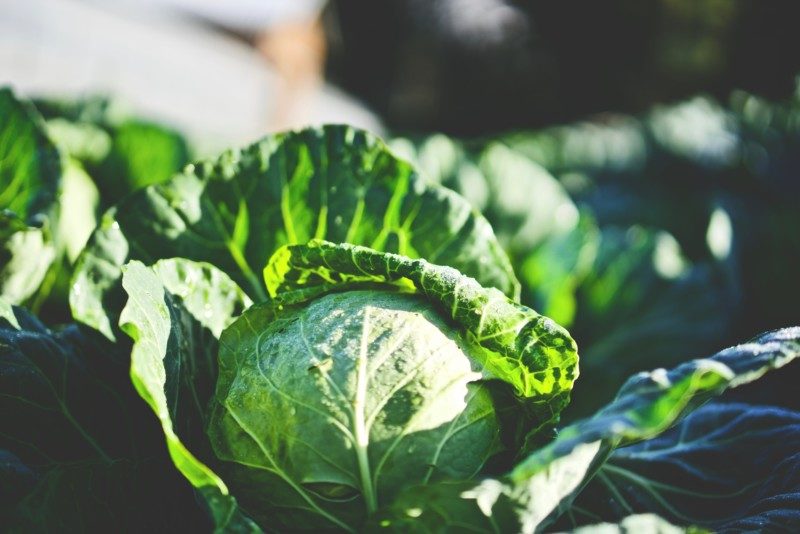
Some plants need more space than a one-square-foot block. These plants need at least a two-foot block or more spacing for optimal growth and air circulation.
- Broccoli
- Brussels Sprouts
- Cabbage
- Cauliflower
Plants That Don’t Work for Block Planting
A majority of plants work well for this style of gardening but not all. The plants you want to avoid using square foot gardening are perennials because they require considerably more space than other plants.
Perennials are best grown in their own area. They tend to spread out and overshadow plants that might be too close. Also, they’re supposed to be there to stay, reducing your ability to rotate crops.

A few perennials that you should avoid block planting include:
- Artichokes
- Asparagus
- Rhubarb
3 Tips for Block Planting
This method of planting should make your life easier and make your garden more productive. Here are some tips to make this your favorite gardening technique.
1. Use Companion Planting
Some plants bring out the best in each other, sort of like humans, so when you plan your garden bed layout, consider companion planting. Rather than mixing plants in each grid, plant companion plants in the grids around each other.
2. Tall Plants Go to the North
If you have sun-loving plants in one bed, make sure any taller plants are put on the north side of your bed. Examples of taller plants include peppers, eggplants, and tomatoes. Planting these on the north side to prevent them from casting shadows over the smaller plants.
If you have plants that might want some shade, place the tall plants in the middle with the shade-loving ones facing the north.
3. Put Pest Repelling Plants in the Corners
Don’t let the corners be empty! Fill borders and corners with plants like onions, garlic, leeks, basil, marigolds, and lavender. These plants are known for their ability to repel insects and pests.
Final Thoughts
Block planting became popular over two decades ago, and it’s continued to be a method that works well for gardeners, especially those who use raised garden beds. This year, if you want to grow more crops than ever before, be sure to give it a try. The results will stun you.
